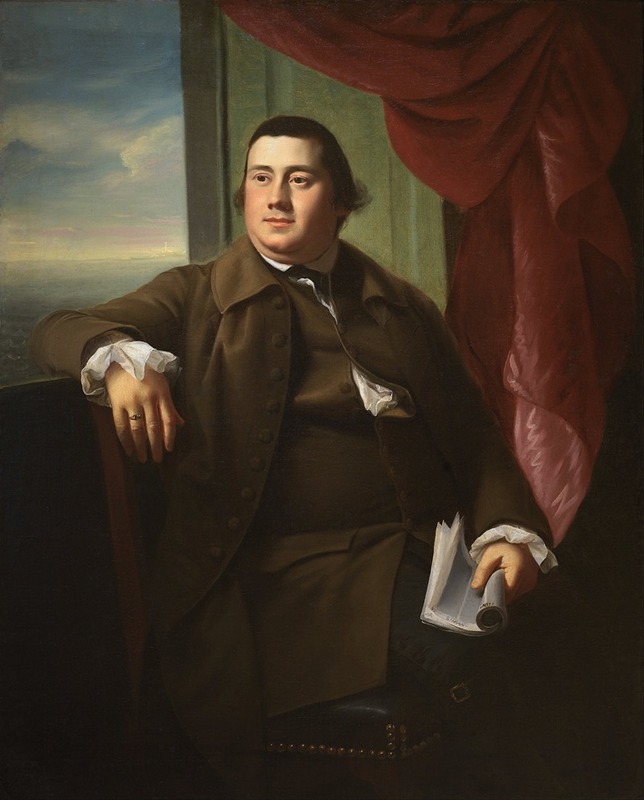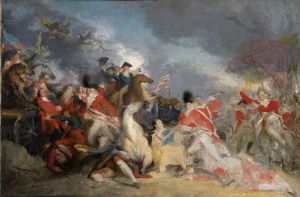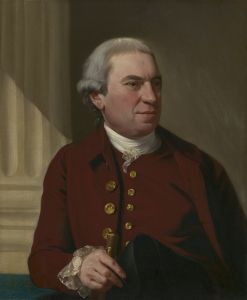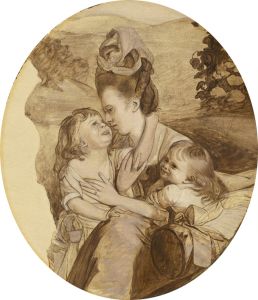
Robert Hooper
A hand-painted replica of John Singleton Copley’s masterpiece Robert Hooper, meticulously crafted by professional artists to capture the true essence of the original. Each piece is created with museum-quality canvas and rare mineral pigments, carefully painted by experienced artists with delicate brushstrokes and rich, layered colors to perfectly recreate the texture of the original artwork. Unlike machine-printed reproductions, this hand-painted version brings the painting to life, infused with the artist’s emotions and skill in every stroke. Whether for personal collection or home decoration, it instantly elevates the artistic atmosphere of any space.
John Singleton Copley was a prominent American painter known for his portraits of important figures in colonial New England. One of his works, "Robert Hooper," is a notable example of his skill in capturing the likeness and character of his subjects. Copley was born in Boston in 1738 and became one of the leading artists in America before moving to England in 1774, where he continued his successful career.
The painting "Robert Hooper" depicts Robert "King" Hooper, a wealthy merchant and shipowner from Marblehead, Massachusetts. Hooper was a significant figure in the colonial economy, known for his involvement in the shipping industry and his substantial wealth, which earned him the nickname "King." The portrait is believed to have been painted around 1767, during a period when Copley was establishing himself as the foremost portrait artist in the colonies.
Copley's portrait of Hooper is characterized by its attention to detail and the realistic portrayal of the subject. The painting captures Hooper in a dignified pose, reflecting his status and success. Copley's technique involved meticulous attention to the textures of fabrics and the subtleties of facial expressions, which helped convey the personality and social standing of his sitters. This approach was typical of Copley's work and contributed to his reputation as a master portraitist.
The composition of the portrait is typical of Copley's style, with the subject positioned against a neutral background that emphasizes the figure's presence. Hooper is depicted wearing elegant clothing, indicative of his wealth and position. The use of light and shadow in the painting highlights the details of Hooper's attire and the contours of his face, adding depth and realism to the portrait.
Copley's ability to capture the essence of his subjects made his portraits highly sought after by the colonial elite. His work provides valuable insights into the social and economic landscape of 18th-century America, as well as the individuals who played key roles in shaping it. The portrait of Robert Hooper is an example of how Copley's art served as both a personal and historical document, preserving the likenesses of influential figures for future generations.
Today, Copley's portraits, including that of Robert Hooper, are appreciated not only for their artistic merit but also for their historical significance. They offer a window into the lives of colonial America's prominent citizens and the cultural milieu of the time. Copley's work remains an important part of American art history, and his portraits continue to be studied and admired for their technical excellence and historical value.


















